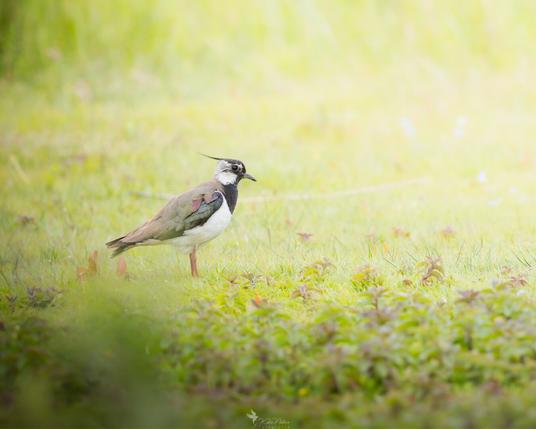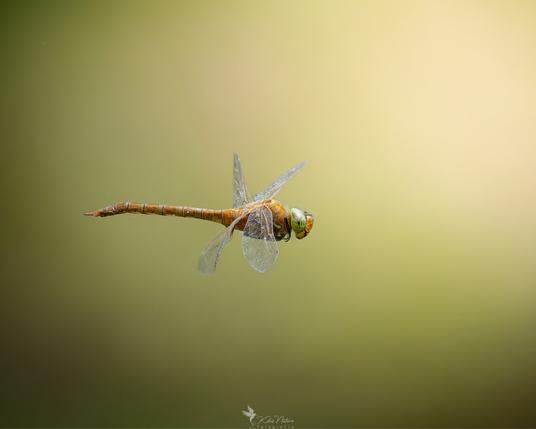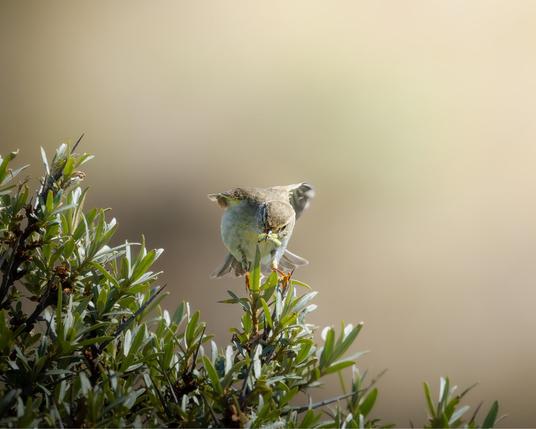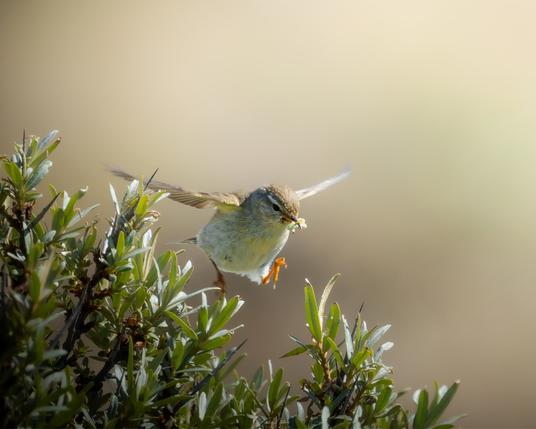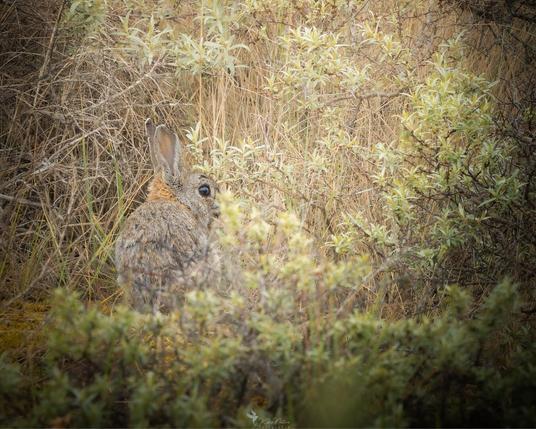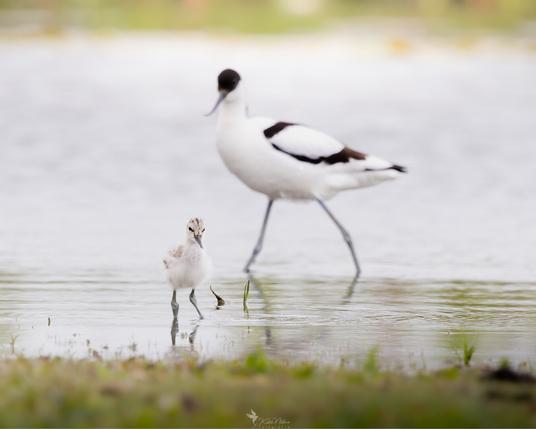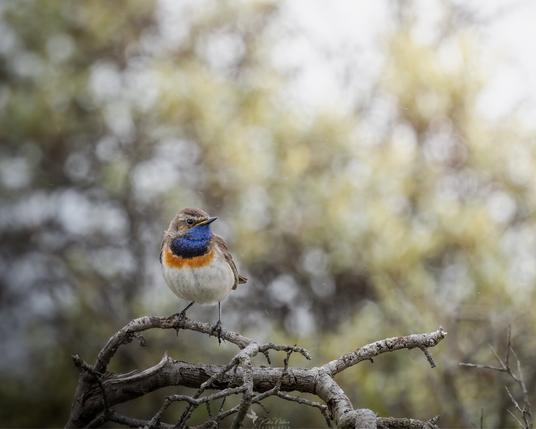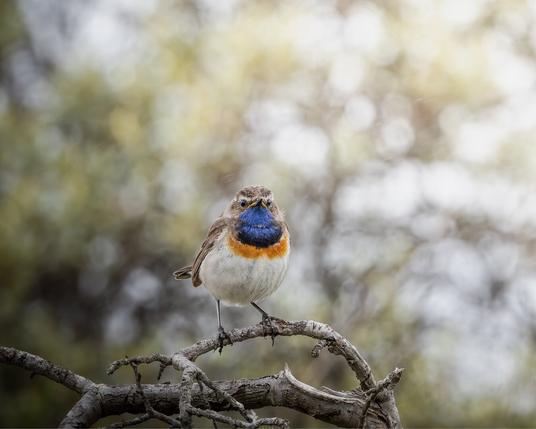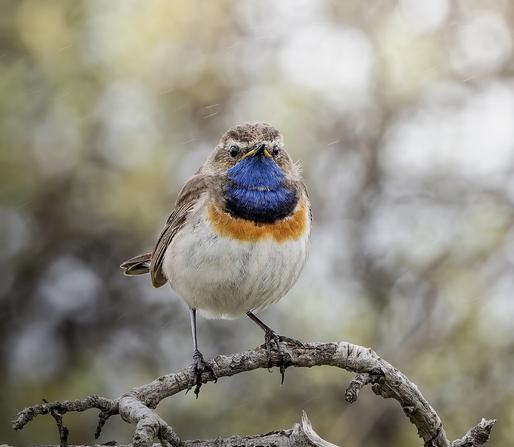🇺🇸 The great cormorant (Phalacrocorax carbo) is a large, fish-eating waterbird found across Europe, Asia, Africa, and parts of Australia. Commonly seen along coasts, rivers, lakes, and wetlands, it is known for its sleek black plumage, long neck, and hooked bill. Adults often show a white patch on the thigh and throat during breeding season. Measuring 80 to 100 cm in length with a wingspan of up to 160 cm, they can dive impressively deep in search of fish. After diving, cormorants are often seen standing with wings spread to dry, as their feathers are not fully waterproof. Despite being efficient hunters, their presence in fishing areas can be controversial. These adaptable birds breed in colonies and are expanding their range in many regions.
🇩🇪 Der Kormoran (Phalacrocorax carbo) ist ein großer, fischfressender Wasservogel, der in Europa, Asien, Afrika und Teilen Australiens verbreitet ist. Er bewohnt Küsten, Flüsse, Seen und Feuchtgebiete und fällt durch sein schwarzes Gefieder, den langen Hals und den hakigen Schnabel auf. In der Brutzeit zeigen adulte Vögel oft weiße Gefiederpartien an Kehle und Schenkeln. Mit einer Körperlänge von 80 bis 100 cm und einer Flügelspannweite von bis zu 160 cm ist der Kormoran ein geschickter Taucher. Nach dem Tauchen sieht man ihn häufig mit ausgebreiteten Flügeln sitzen – er trocknet sein Gefieder, da es nicht vollständig wasserabweisend ist. Trotz seiner Jagdkunst ist er in Fischereigebieten nicht unumstritten. Kormorane brüten in Kolonien und breiten sich in vielen Regionen zunehmend aus.
📍Netherlands
📷
ISO 1600
Aperture: F/7.1
Shutter Speed: 1/640
Comments and Story reshares are much appreciated 🙌
#your_best_birds #greatcormorant #kormoran #nature #wildlife #birdphotography #vogelfotografie #canon #canoneosr7 #geoleserfoto #birdsofinstagram #wildlifephotography #europeanwildlife #birdlovers #birdwatching #bird_brilliance #shotoncanon
🇩🇪 Der Kormoran (Phalacrocorax carbo) ist ein großer, fischfressender Wasservogel, der in Europa, Asien, Afrika und Teilen Australiens verbreitet ist. Er bewohnt Küsten, Flüsse, Seen und Feuchtgebiete und fällt durch sein schwarzes Gefieder, den langen Hals und den hakigen Schnabel auf. In der Brutzeit zeigen adulte Vögel oft weiße Gefiederpartien an Kehle und Schenkeln. Mit einer Körperlänge von 80 bis 100 cm und einer Flügelspannweite von bis zu 160 cm ist der Kormoran ein geschickter Taucher. Nach dem Tauchen sieht man ihn häufig mit ausgebreiteten Flügeln sitzen – er trocknet sein Gefieder, da es nicht vollständig wasserabweisend ist. Trotz seiner Jagdkunst ist er in Fischereigebieten nicht unumstritten. Kormorane brüten in Kolonien und breiten sich in vielen Regionen zunehmend aus.
📍Netherlands
📷
ISO 1600
Aperture: F/7.1
Shutter Speed: 1/640
Comments and Story reshares are much appreciated 🙌
#your_best_birds #greatcormorant #kormoran #nature #wildlife #birdphotography #vogelfotografie #canon #canoneosr7 #geoleserfoto #birdsofinstagram #wildlifephotography #europeanwildlife #birdlovers #birdwatching #bird_brilliance #shotoncanon

